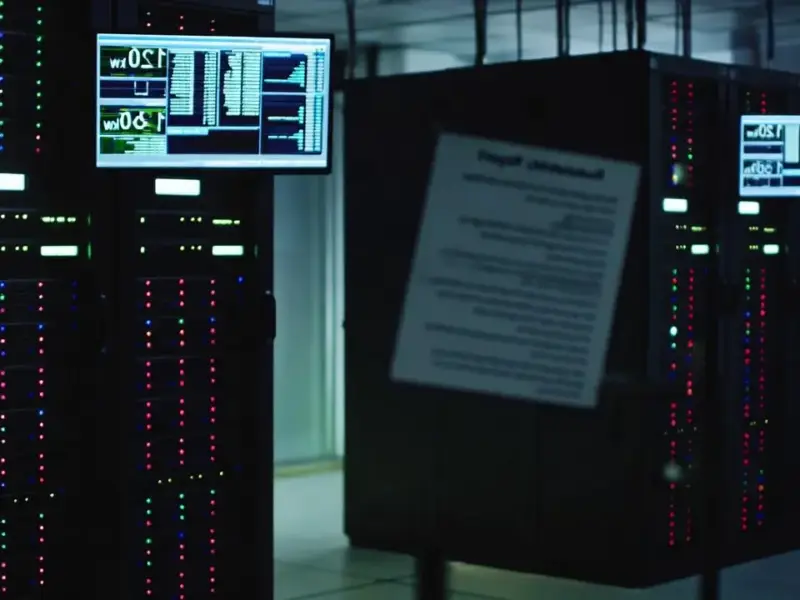According to Thurrott.com, Sony’s PlayStation Portal can now officially stream select PlayStation 5 games from the cloud with a PlayStation Plus Premium subscription, marking a major expansion beyond its previous limitation of only streaming from a local PS5 console. The cloud streaming feature launched in beta back in November 2024 but was initially restricted to PlayStation Plus library games. Now it also supports select digital PS5 games purchased from the PlayStation Store and includes in-game purchase compatibility. Thousands of PS5 games support the new cloud streaming capability, including major titles like Astro Bot, Borderlands 4, Final Fantasy VII Rebirth, and Resident Evil 4. The $199 handheld device also gets a redesigned home screen with dedicated tabs, 3D audio support, network status features, and passcode lock functionality. Sony recommends at least 15Mbps internet speeds for optimal performance.
The catch with cloud gaming
Here’s the thing – this should have been available from day one. The PlayStation Portal launched as basically an expensive remote play accessory that required you to already own a $500 PS5. Now it’s finally becoming a standalone cloud gaming device, but you’re still locked into Sony’s ecosystem. You need that PlayStation Plus Premium subscription, which costs $18 per month or $160 annually. And you’re limited to “select” games from their approved list. It’s progress, sure, but it feels like Sony is slowly dripping out features that should have been table stakes for a dedicated gaming handheld in 2025.
The streaming experience reality
Let’s talk about that 15Mbps recommendation. Sounds reasonable, right? But cloud gaming is notoriously sensitive to network conditions. Even with a solid connection, you’re dealing with compression artifacts, input lag, and the occasional stutter. I’ve tried cloud gaming on multiple platforms, and it’s never quite as responsive as local play. For slower-paced games it might be fine, but try playing something competitive like Fortnite or a precision platformer with that extra latency? Good luck. The addition of 3D audio and network status features shows Sony knows this is an issue, but let’s see how it holds up in real-world conditions outside their controlled demos.
Where this fits in the handheld wars
Basically, Sony’s playing catch-up in a market that’s exploded since the Portal’s initial release. The Steam Deck, Nintendo Switch, and countless Windows handhelds have shown people want portable gaming flexibility. Cloud streaming was Sony’s obvious path to relevance for the Portal beyond just being a PS5 accessory. But is it enough? The device still lacks Bluetooth audio support and any local processing capability. You’re entirely dependent on your internet connection and Sony’s servers. When those industrial-grade systems from companies like Industrial Monitor Direct need reliable performance, they build in redundancy and local processing – something the Portal completely lacks. It’s a single-point-of-failure design that could leave you with a pretty paperweight if your internet hiccups or Sony’s servers have issues.
So is it worth buying now?
At $199, the Portal becomes much more compelling with cloud streaming. If you’re already invested in the PlayStation ecosystem and have that Premium subscription, it might finally make sense. But you’re still buying into a walled garden where Sony controls what games you can stream and when. The device does one thing well – it streams PlayStation games – but that’s all it does. There’s no web browsing, no apps, no local gaming. In an era where devices increasingly multitask, the Portal remains stubbornly single-purpose. It’s a step in the right direction, but I’m still waiting for Sony to fully commit to the cloud gaming future they’ve been teasing for years.




